Learn how to use SMART goals to begin building the life you imagined.

You might be surprised to learn that planning goals is less difficult than you think.
In fact, this way of thinking kept me from creating the life I was constantly dreaming about for years.
That is, until I learned to think SMART.
SMART is an acronym used to describe goals that are Specific, Measurable, Achievable, Relevant, and Time-bound.
And it’s one of the easiest methods for defining goals, establishing necessary criteria, and creating a plan of action.
Read on to discover how easy it is to create SMART goals, learn about real-life examples, why people fail, and the best apps to use when planning goals.
PLANNING GOALS IN 5 EASY STEPS

OVERVIEW:
I. How to Create SMART Goals
II. Common Reasons People Fail at Planning Goals
III. What Are Some Examples of SMART Goals in Real Life
IV. My Favorite Apps for Planning Goals
How to Create SMART Goals
Step 1. Be Specific
The first step required in the SMART method is to create goals that are specific.
Specificity is important because clarity increases your likelihood of success. Often, goals remain unaccomplished because they’re too broad and lack clear direction.
This step should be very simple and should explain what you want to achieve and who is involved.
Consider this weight loss scenario as an example.
If you want to shed a few pounds, then a simple and direct goal statement might look something like this:
Goal: I want to lose weight
See how easy that was? Don’t overthink it. Start with the basics of what you want to achieve and then move on to Step #2.
Step 2. Add Your Measurements

Now that you’ve defined a simple and specific goal, it’s time fill it in with the related measurement details. These can be anything like a number, a deadline, or how many times you will perform an action daily, weekly, or monthly.
Here’s an example of how you can easily progress from Step #1 to Step #2:
Step #1 – I want to lose weight
Step #2 – I want to lose 15 pounds in the next 3 weeks by going to the gym 4 days a week and eating a balanced diet.
You can make this more specific by detailing how progress will be tracked, weigh-in days, a journaling schedule, and which foods you can eat.
Be as specific and detailed as possible.
Then, proceed to Step #3 when you’re ready.
Step 3: Achievable

Step #3 is all about confirming if the specific goal and related measurements are realistic.
And while I believe a healthy amount of optimism is necessary, it should not outweigh the probability, or likelihood, that your goal can be accomplished.
At this stage, you’ll want to consider everything from the timeframe required to the tools and resources at your disposal. Conduct research to make sure your opinion is backed by facts and statistics. If it is not, revisit Step #2 before proceeding.
Here are a few examples that would indicate that the goal is not probable, or likely to be achieved.
The Goal: I want to lose 15 pounds in the next 3 weeks by going to the gym 4 days a week and eating a balanced diet.
- This is less probable if: You do not have a gym membership, or the funds and transportation required to get one and show up consistently.
- This is less probable if: You lack access to information about balanced diets and strategies like calorie counting, healthy recipes, and where to purchase healthy foods.
- This is less probable if: You expect to lose 5 lbs. per week when research shows that 2-3 lbs. is the healthy expectation.
- This less probable if: You are not able to maintain a daily caloric deficit.
- This less probable if: You do not get adequate amounts of sleep every night.
*Note – Probable does not mean impossible. It only means that your chances of the goal being achievable are lower.
When thinking SMART, improve your chances of success by making sure your goals are probable and that you have the resources and information needed to follow the plan.
Step 4: Relevant
I often see this step confused with the word realistic but it’s actually about determining the relevance of your goal against your overall mission or vision.
One of the best pieces of advice from the 12 Week Year states that, “to execute successfully it is essential to have a strong emotional stake in the outcome”.
In other words, your chances of achieving the immediate goal increase significantly when they are relevant, or related, to your overall life mission or vision.
For example, the goal to lose weight is relevant if objectives like the following were true:
- Your overall vision for life is to be healthy.
- You value being a parent and the physical ability to run around with your kids.
- You’re passionate about roles or positions where physical fitness is required or necessary.
- You desire a long life and want to avoid health complications and a family history of obesity.
- Your existing state is preventing you from receiving outcomes you dream of, like marriage and children.
*Note – These are a few examples to determine if there is a relevant connection between your goals and vision.
The above goal is not considered relevant if:
- You have no interest in exercise or learning how to eat a healthy, balanced diet.
- You do not want to lose weight and are happy with your body and current level of activity.
- You are under the care of a medical professional who has advised against losing weight.
If your goal is not relevant to your vision, then the probability of achieving it and sticking through the discomfort of change is unlikely.
Be sure that your time and efforts are spent doing something that contributes to your overall happiness and purpose.
Step 5: Time-Bound

IMO, this is the easiest, and last, step required in the SMART method for planning goals.
Once all of the previous steps are established, set a deadline for when the goal should be accomplished.
For example, the goal time frame is 3 weeks, however, it’s open ended without a specific start and end date.
To do this, you will need to identify two items:
- The timeframe required to complete your goal.
- A start date.
Once you have these details confirmed, determining an end date is super easy.
Type this into Google: “What date is [your timeframe] from [your start date]?”
This will tell you what your exact end date is.
Other examples of end dates are the end of a quarter, a fiscal or calendar year, or even your birthday.
Be sure that your timeframe is backed by research, choose a start date, and then use the information to find your exact end date.
Common Reasons People Fail at Planning Goals
There are several reasons why people may fail at planning goals. Here are a few:
- Lack of motivation: Without a clear motivation or reason for pursuing the goal, it can be difficult to maintain focus and commitment.
- Lack of specificity: If the goal is not specific enough, it can be difficult to know what actions to take to achieve it and how to begin.
- Unrealistic expectations: Setting goals that are too ambitious or unrealistic can lead to frustration and failure.
- Lack of a plan: Without a clear plan of action, it can be difficult to know how to achieve the goal.
- Distractions: Distractions and interruptions can make it difficult to stay focused on the goal. This can include things like social circles and social media.
- Procrastination: Putting off tasks or avoiding taking action can lead to failure to achieve the goal.
- Lack of accountability: Without someone or something to hold you accountable, it can be easy to let things slide.
- Not being flexible: A rigid attitude towards achieving the goal can make it difficult to adapt to changes and setbacks.
What Are Some Examples of SMART Goals in Real Life?

- I will lose 10 pounds in the next 12 weeks by exercising for 30 minutes every day, Monday through Friday and following a healthy diet of 1500 calories per day. I will weigh myself every Monday morning and track my progress in a journal.
- I will establish a morning routine that includes 30 minutes of exercise, 20 minutes of meditation, and planning my tasks for the day, by 6:30 AM every weekday for the next month by going to bed at 10:00 PM every night and setting my alarm for 5:45 AM.
- I will increase my productivity by 15% by the end of the quarter by implementing a time-blocking schedule, limiting distractions during work hours and taking a 15-minute break every hour to recharge.
- I will be considered for a promotion within the next 12 months by consistently meeting or exceeding my performance goals, actively seeking out and completing relevant training and development opportunities, and building positive relationships with key decision-makers in the company.
- I will spend at least 30 minutes of quality time with each of my children every day by setting aside specific time slots for one-on-one activities, such as reading, playing games, or doing a craft, and sticking to a consistent schedule.
- I will organize and declutter my living room by the end of the month by sorting through all items, discarding or donating items that are no longer needed, and finding a proper storage solution for the remaining items.
My Favorite Apps For Planning Goals
Below are the apps I swear by and use to plan, track, measure, and learn about my goals.
The majority are free, but there is a cost for the Clear ($4.99) and Headspace (free trial available) apps.
I recommend doing research to determine which will be the most beneficial on your journey.

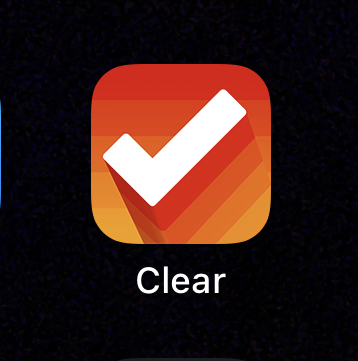
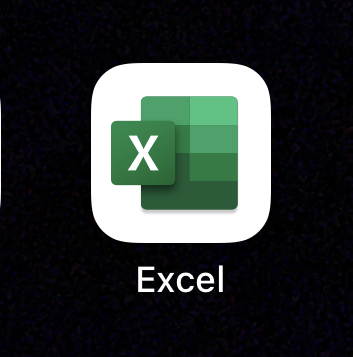


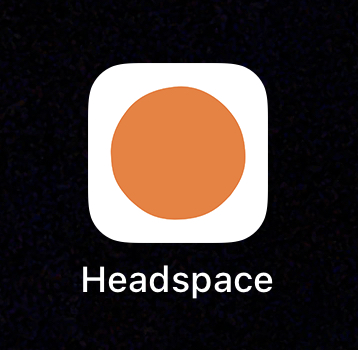

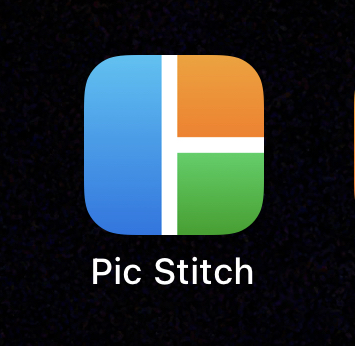
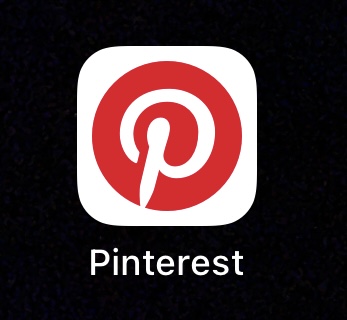

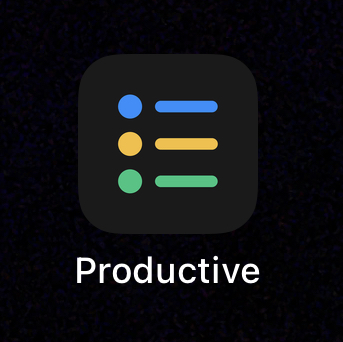
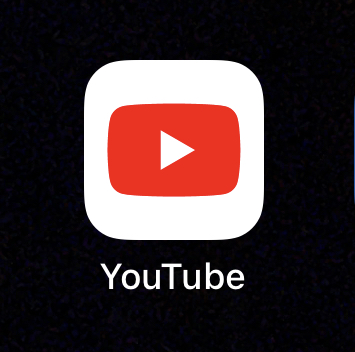
CONCLUSION
Now you know how simple it is to create SMART goals.
If you follow the steps outlined, and work consistently, then I’m sure that you will achieve them!
Xx,